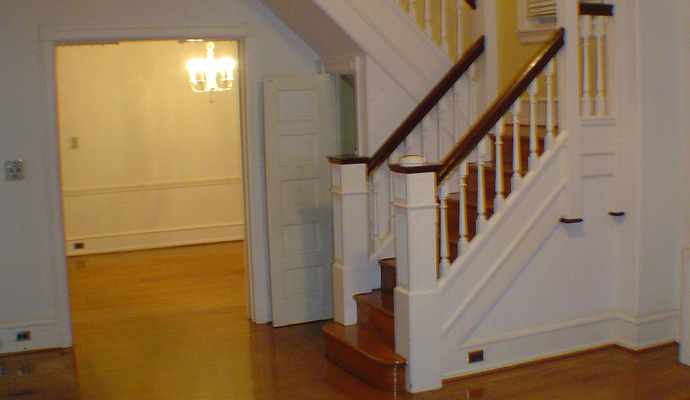Older Home Risks: Test for Lead Paint
If a house in Philadelphia was built before 1978, it is likely to have lead paint on the walls. Lead paint is dangerous for people of all ages. Fortunately, you can test for lead in paint and remove the paint if necessary.
In 1978, the US government outlawed the use of lead in paint. While newer paint is free of lead, that does not mean that your home is necessarily lead-free. Many homes in Philadelphia were built well before 1978. Even if you have painted since moving in, you might want to test for lead paint. Lead poisoning is a serious concern for young children. There are a few ways to conduct a lead test at home.
The Lead Issue
Not every home built before 1978 has lead-based paint. But the older the home, the more likely it is to have lead paint. Just under 25 percent of homes built between 1960 and 1977 have lead-based paint, compared to 87 percent of homes built before 1940, according to the Environmental Protection Agency.
Lead can cause brain damage in young children if high levels of it get into the bloodstream. If older lead paint is chipping off of a wall or windowsill, a child is at risk of putting it in his mouth and ingesting it. During a home renovation, an adult can breathe in the dust created by lead paint and experience pain, concentration problems, and nerve issues. Lead poisoning can also cause anemia and infertility in adults.
Screening
A hazard screening is the least extensive way to test for lead paint. It is usually performed if the risk for lead is low or if the impact of any lead found will be small. During a screening, paint in damaged or worn-down areas is tested for lead. The inspector or person conducting the screen will collect samples of dust from both the floor and the window. If lead is found, the inspector will recommend a risk assessment. If no lead is found, you can go about your business, but keep in mind that there might be lead-based paint in other, untested areas of the home.
Inspection
An inspection for lead-based paint is more in-depth than a screening. During an inspection, samples are collected from all painted areas of the home. Samples are taken from both the interior and exterior of the home. The inspection might include furniture if it is a built-in part of the house, such as a painted kitchen cabinet or painted built-in bookcase.
Assessment
Both the screening and inspection only detect the presence of lead. They do not let you know what the actual risk is to you and your family. A third method of testing, risk assessment, paints a clear picture of the dangers of having lead in your home. The assessment locates areas of the home where the paint might have become worn down or is chipping away. It also collects samples of dust from throughout the home and analyzes them for the presence of lead. While a risk assessment can be conducted as an isolated test, it is often coupled with a full inspection.
Do It Yourself?
Hiring a professional to test for lead paint can be expensive. If you are the do-it-yourself type, you can purchase a home lead-testing kit and inspect the paint yourself. The kits use either sodium sulfide or rhodizonate to detect lead. Some will change the paint color if lead is there. Home kits can be fairly accurate but cannot replace the expertise of a professional inspector; they are a good starting point. If the home kit detects any lead, take the next step: hire a professional to do a risk assessment and full inspection.
Image Source: Flickr
[cf]skyword_tracking_tag[/cf]




